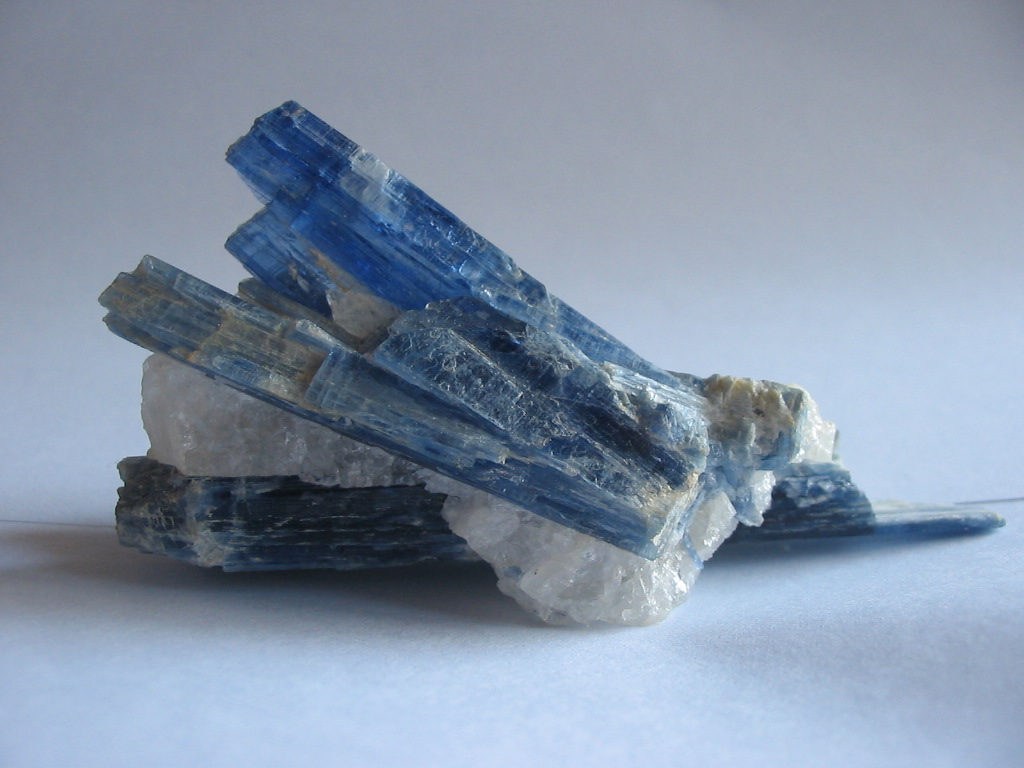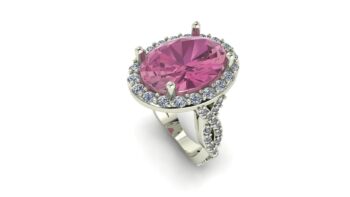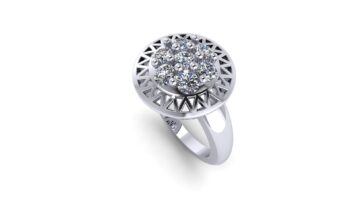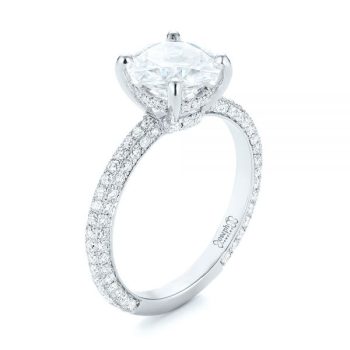The world of colored gemstones is a fascinating one. Going back thousands of years, gemstones have been used for various purposes since they were first discovered. They were used for protection, demonstrations of power and wealth, and later, physical adornment. They have been attributed mystical properties since the beginning as well. In this post, we will discuss all things Kyanite. Kyanites are a beautiful and vibrant blue gemstone. However, they are largely relegated to the world of handmade, and often novice jewelry makers. We think that is wrong. Kyanites are inexpensive and can be relatively durable if cut a certain way. Not to mention the stunning blue color rivalling sapphire.
What Is Kyanite
Kyanite is a mineral known for its unique properties and striking blue color. It is typically found in metamorphic rocks and is used in a variety of industrial applications due to its high heat resistance and durability. Kyanite is also valued in jewelry making for its vibrant blue hues, making it a popular choice for gemstone enthusiasts.
One of the distinguishing features of kyanite is its anisotropy, meaning it exhibits different hardness and color intensity depending on the cutting direction. On the Mohs scale, Kyanite has a 4 ½ to 5 hardness parallel to its long axis and 6-7 perpendicular to the long axis. This quality makes kyanite a fascinating mineral for collectors and geology enthusiasts. Additionally, kyanite is considered a valuable mineral in the metaphysical community, believed to promote tranquility and align chakras when used in meditation or energy work.
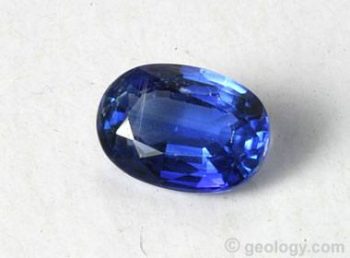
How Kyanites Are Formed
Kyanites are metamorphic minerals that form under high pressure and temperature conditions. They are typically found in schists and gneisses, which are types of metamorphic rocks. Kyanite crystals are known for their bladed or elongated shapes, often occurring in shades of blue, green, or gray. These unique crystals are formed during the regional metamorphism of clay-rich sediments or pelitic rocks.
The formation of kyanites is closely linked to the mineral’s polymorphic behavior, meaning it can exist in different crystal structures depending on the pressure and temperature conditions. Kyanite is a polymorph with andalusite and sillimanite, which means they have the same chemical composition but different crystal structures. This polymorphic nature allows kyanite to transform into different minerals under varying geological conditions, showcasing its versatility in the rock cycle.
In summary, kyanites are formed through the metamorphism of clay-rich sediments or pelitic rocks at high pressures and temperatures. Their unique bladed crystals and polymorphic behavior make them fascinating minerals for geologists and mineral enthusiasts alike. Understanding the formation process of kyanites provides valuable insights into the complex geological processes that shape our planet’s rocks and minerals.
Physical Properties
Kyanites typically form as elongated, bladed crystals that can exhibit a range of colors, including blue, green, and gray. One of the most notable features of kyanites are their distinct cleavage. Cleavage means allows it to be easily split into thin sheets. This characteristic is due to its crystal structure, which is classified as triclinic.
In addition to its cleavage, kyanites are also valued for their hardness, which falls between 4.5 to 7 on the Mohs scale. This makes it a relatively durable mineral that is resistant to scratching and abrasion. Furthermore, kyanite is known for its variable hardness along different crystal faces, a property known as anisotropy. This anisotropic nature contributes to the unique appearance of kyanite crystals.
Moreover, kyanite is considered to be a polymorph, meaning that it can exist in multiple crystal structures depending on temperature and pressure conditions. This characteristic sets kyanite apart from many other minerals and adds to its geological significance.
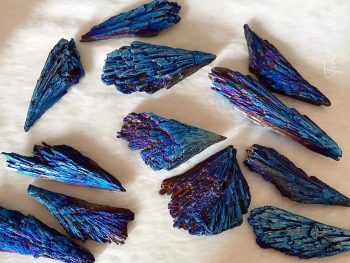
History
Kyanite, a blue silicate mineral, has a rich history dating back to ancient civilizations. It was first discovered in Nepal in the 18th century and was named after the Greek word “kyanos,” meaning blue. Throughout history, kyanite has been highly valued for its striking color and unique properties.
In ancient times, kyanite was believed to bring tranquility and protect against negative energies. It was often used in jewelry and amulets for its supposed metaphysical properties. Additionally, kyanite was used in the production of high-quality ceramics due to its ability to withstand high temperatures.
Today, kyanite is primarily used in the manufacturing of heat-resistant materials such as refractory bricks and kiln furniture. Its high melting point and low thermal expansion make it a valuable resource in industries such as metallurgy and glassmaking. Despite its ancient origins, kyanite continues to be a sought-after mineral for its beauty and practical applications.
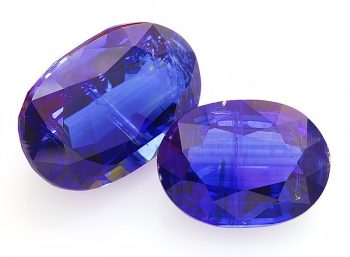
Symbolism
Kyanites hold deep symbolic meanings. In the world of spirituality, kyanite is believed to align all chakras, promoting balance and inner peace. Its calming properties are said to aid in meditation and communication, making it a popular choice for those seeking spiritual growth and harmony.
Beyond its spiritual significance, kyanite is also associated with loyalty and trust. It is often given as a gift to strengthen relationships and encourage honesty between individuals. The stone’s energy is thought to foster understanding and clear communication, helping to resolve conflicts and build stronger connections based on mutual respect and trust.
In the realm of healing, kyanites are believed to have powerful properties that promote physical well-being. It is said to aid in relieving stress and anxiety, promoting a sense of tranquility and calm. Additionally, kyanite is thought to support the immune system and assist in the treatment of disorders related to the throat and voice, making it a versatile gemstone for overall health and wellness.
Healing Properties
Kyanite, a beautiful blue silicate mineral, is believed to possess unique healing properties. Known for its calming energy, kyanite is said to help restore balance and tranquility to the mind and body. Many people use kyanite during meditation to promote deep relaxation and inner peace.
In addition to its calming effects, kyanites are thought to aid in communication and self-expression. It is believed to help clear blockages in the throat chakra, allowing for better communication and self-expression. By wearing or carrying kyanites, individuals may experience improved clarity and confidence in expressing their thoughts and emotions.
Furthermore, kyanites are said to have a grounding effect, helping to align the chakras and promote overall well-being. It is often used in crystal healing practices to bring a sense of harmony and balance to the body’s energy centers. Whether worn as jewelry or placed in the living space, kyanites are cherished by many for its potential to promote healing and spiritual growth.
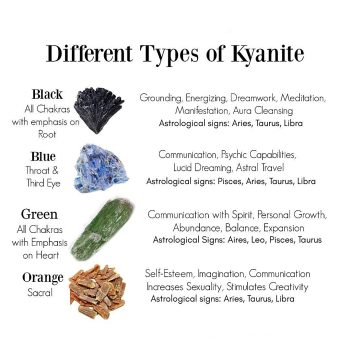
Spiritual Properties
Kyanites are a powerful crystal known for its spiritual properties. It is believed to align all chakras, promoting balance and harmony within the body. This blue crystal is thought to enhance communication, making it easier to express oneself and speak the truth.
Additionally, kyanites are said to aid in meditation by promoting deep relaxation and calming the mind. It is often used to clear energy blockages and facilitate spiritual growth. Many people use kyanites to connect with their spirit guides and enhance their intuition.
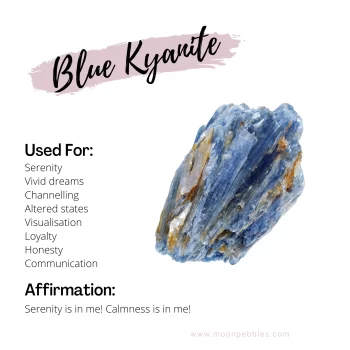
Color Range
Kyanite, actually comes in a range of colors beyond blue. While blue is the most common color for kyanites, this gem can also be found in shades of green, yellow, orange, and even black. The color variation is due to different mineral inclusions present during its formation process.
Green kyanites are prized for its rarity and unique beauty. This color variation is caused by the presence of chromium and vanadium in the crystal structure. Yellow kyanites, on the other hand, gets its sunny hue from iron inclusions. These different colors make kyanite a versatile gemstone, suitable for a variety of jewelry designs and personal preferences.
Whether you prefer the classic blue kyanites or are drawn to the more unusual green, yellow, or even black variations, there is a color of kyanite to suit every taste. The diverse color range of kyanites makes it a popular choice for jewelry enthusiasts looking for something beyond the traditional blue gemstones.
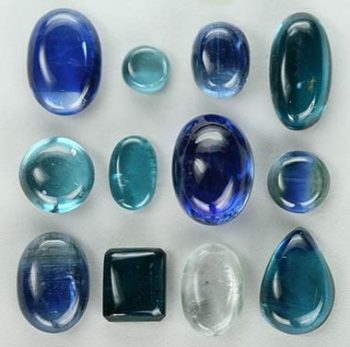
Cost
Kyanites are is highly sought after for its stunning color and unique properties. It is used in a variety of industries, including jewelry making, ceramics, and electronics. The cost of kyanites can vary depending on factors such as quality, size, and market demand. Generally, kyanite prices range from a few dollars per carat for lower quality stones to over $100 per carat for high-quality, gem-grade kyanites.
When considering the cost of kyanites, it’s important to take into account the factors that can affect its price. Higher quality kyanites with intense blue color and few inclusions will typically command a higher price than stones of lower quality. Additionally, larger kyanites are generally more expensive than smaller ones. Market demand can also impact the cost of kyanites, with fluctuations in supply and demand influencing prices.
Overall, kyanites are a valuable and versatile mineral that offers a range of benefits for various industries. Whether you’re a jewelry maker looking for a unique gemstone or a manufacturer in need of a high-temperature ceramic material, kyanite could be the perfect choice for your project. By understanding the factors that influence its cost, you can make informed decisions when purchasing this beautiful and versatile mineral.
Jewelry
Kyanite jewelry is a stunning choice for those seeking a unique and eye-catching accessory. Known for its beautiful blue hues, kyanites are a gemstone that can add a touch of elegance to any outfit. Whether set in a custom pendant, intriguing ring, or bracelet, kyanite jewelry is sure to stand out and make a statement.
One of the appealing qualities of kyanites are its color-changing effect, which can range from a deep blue to a more subtle gray or green depending on the angle of light. This characteristic makes kyanite jewelry versatile and intriguing, capturing attention with its shifting tones. Additionally, kyanites are believed to have metaphysical properties that promote tranquility and balance, adding a deeper meaning to wearing this gemstone.
When choosing kyanite jewelry, consider pieces that complement your personal style and wardrobe. Whether you opt for a simple pendant for everyday wear or a bold statement ring for special occasions, this gemstone is sure to add a touch of sophistication to any ensemble. Embrace the beauty and uniqueness of kyanite jewelry to enhance your look and express your individuality.
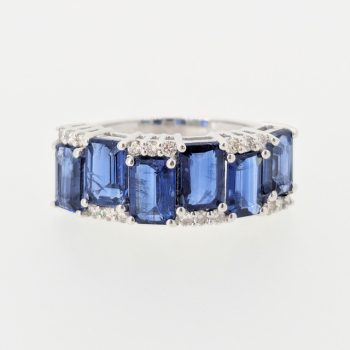
Kyanites V Sapphire
Kyanites and sapphires are both stunning gemstones, each with unique characteristics that set them apart. They are known for their varying shades of blue, from pale sky blue to deep sapphire-like hues. On the other hand, sapphires are prized for their rich blue color, but they also come in a range of other colors like pink, yellow, and even green. Both gemstones are durable and suitable for everyday wear, making them popular choices for jewelry.
In terms of hardness, sapphires are slightly harder than kyanites on the Mohs scale, with sapphires ranking at 9 and kyanites at 6 to 7. This means that sapphires are more resistant to scratches and are better suited for rings and other jewelry that may be subject to daily wear and tear. However, both gemstones are relatively tough and can withstand normal wear with proper care.
When it comes to price, sapphires are generally more expensive than kyanites due to their rarity and popularity. While kyanites offer a more affordable alternative to sapphires, both gemstones are beautiful choices for jewelry pieces that will last a lifetime. Whether you prefer the classic allure of sapphires or the unique beauty of kyanites, both gemstones are sure to make a statement in any jewelry collection.
Kyanites V Tanzanite
Kyanite and tanzanite are both stunning gemstones with unique characteristics. Kyanites are typically blue in color, while tanzanite ranges from blue to violet. Some Kyanites have a high hardness, making them a durable choice for jewelry. On the other hand, tanzanite is relatively softer and requires gentle care to prevent scratches and damage.
In terms of rarity, tanzanite is considered more scarce compared to kyanite. Tanzanite is found in only one location globally – Tanzania, hence its name. This rarity adds to its allure and value in the gemstone market. Kyanite, although less rare, still holds its own beauty and appeal with its deep blue hues and interesting crystal formations.
Both kyanite and tanzanite have their own unique qualities that make them desirable gemstones for jewelry enthusiasts. Whether you prefer the vibrant blues of kyanite or the enchanting hues of tanzanite, these gemstones are sure to add a touch of elegance and sophistication to any jewelry collection.
